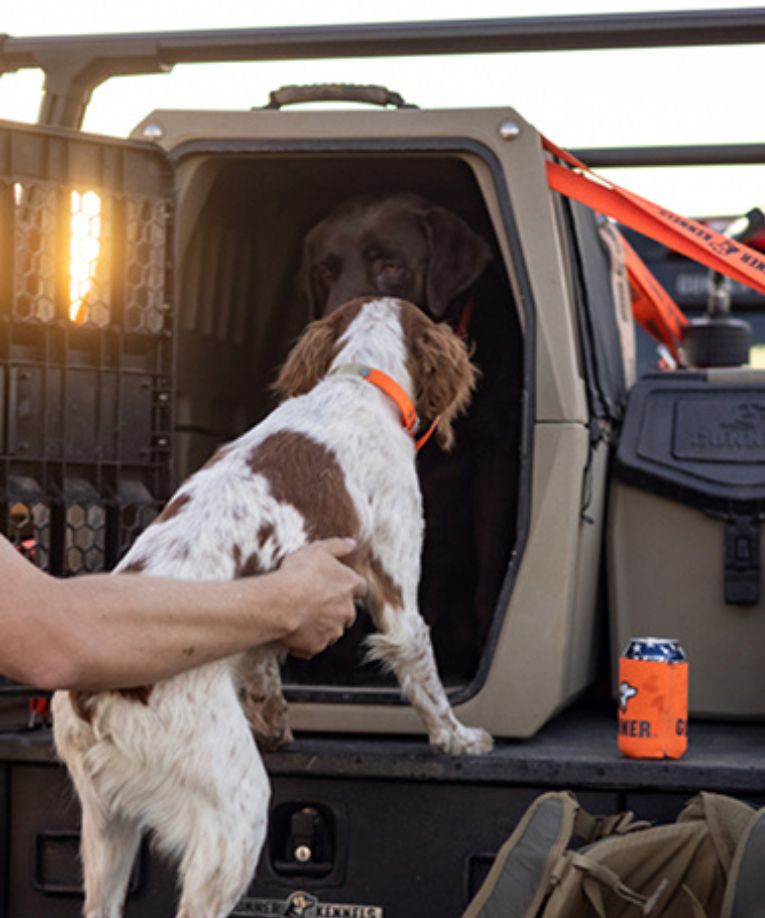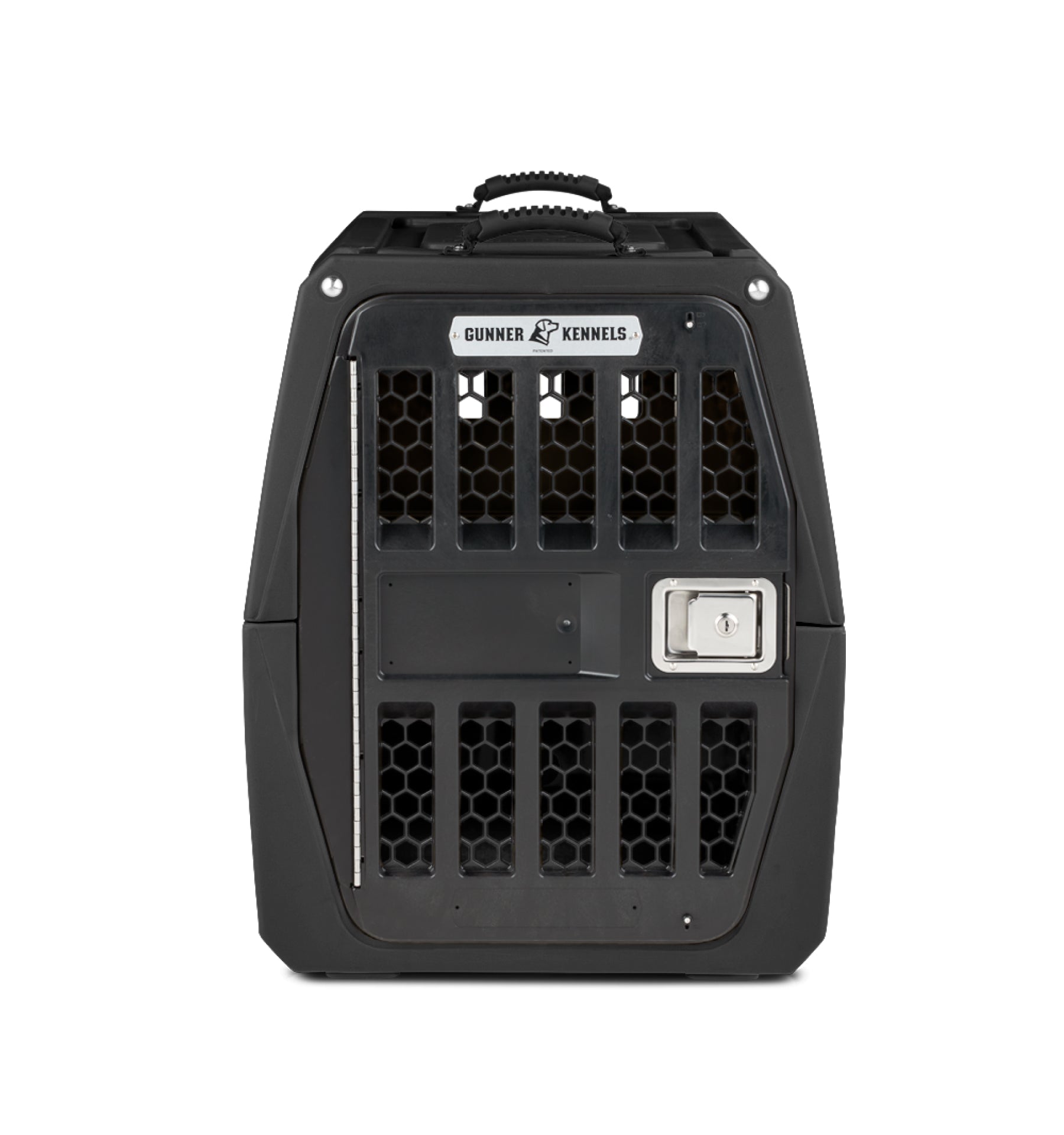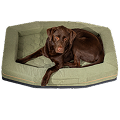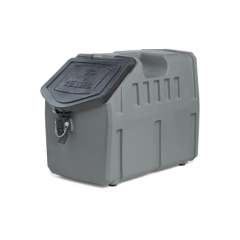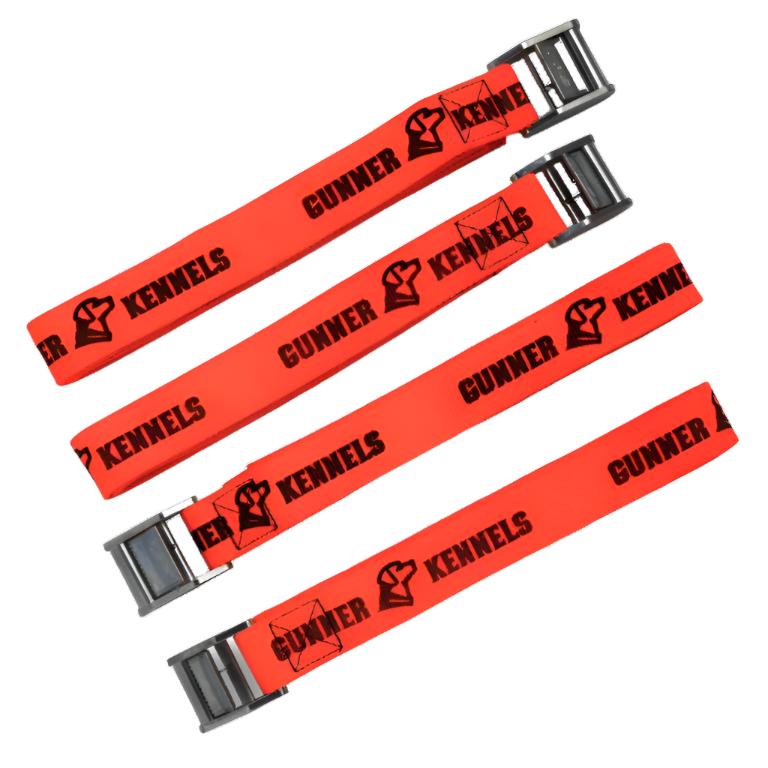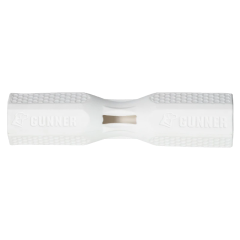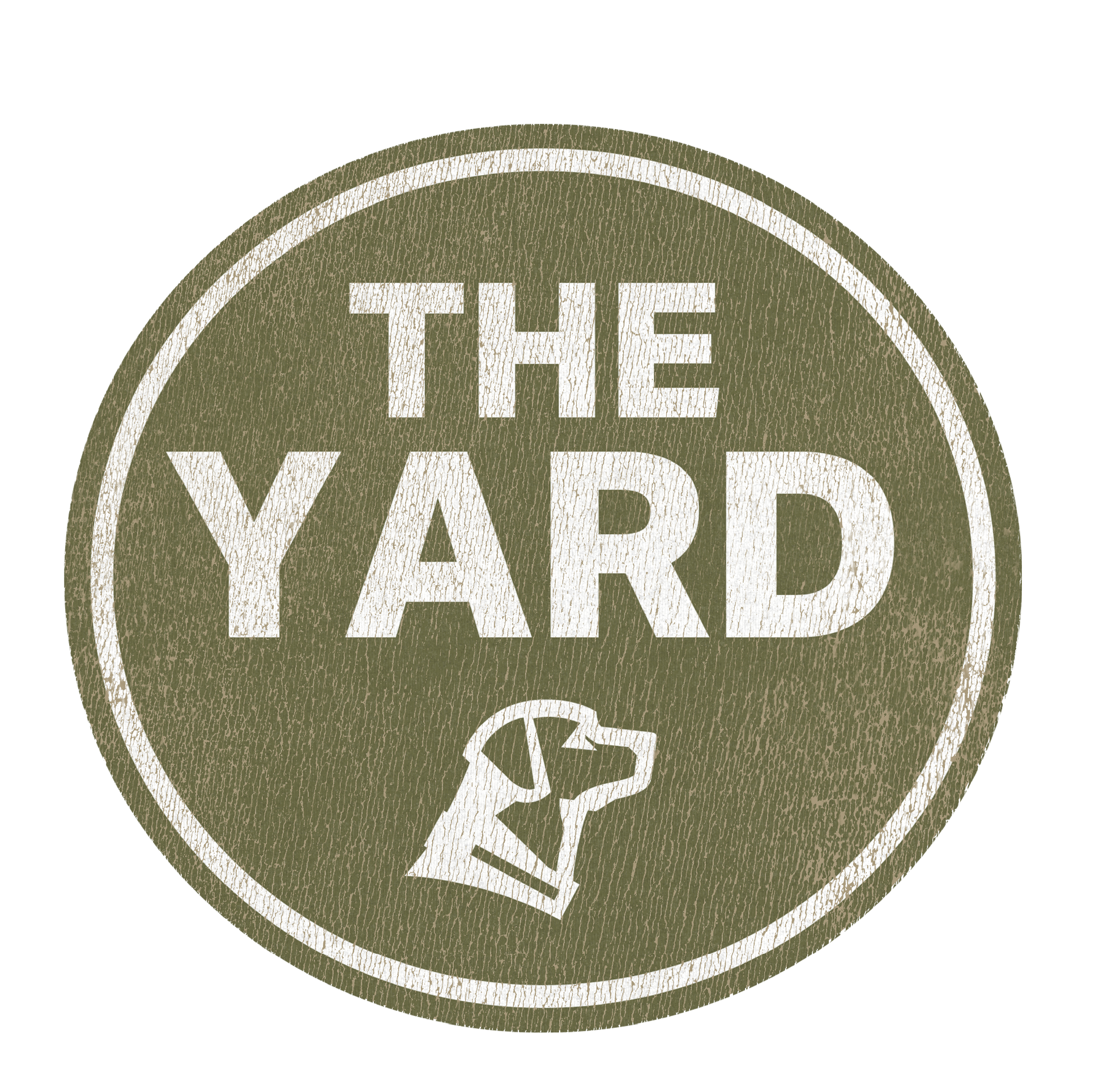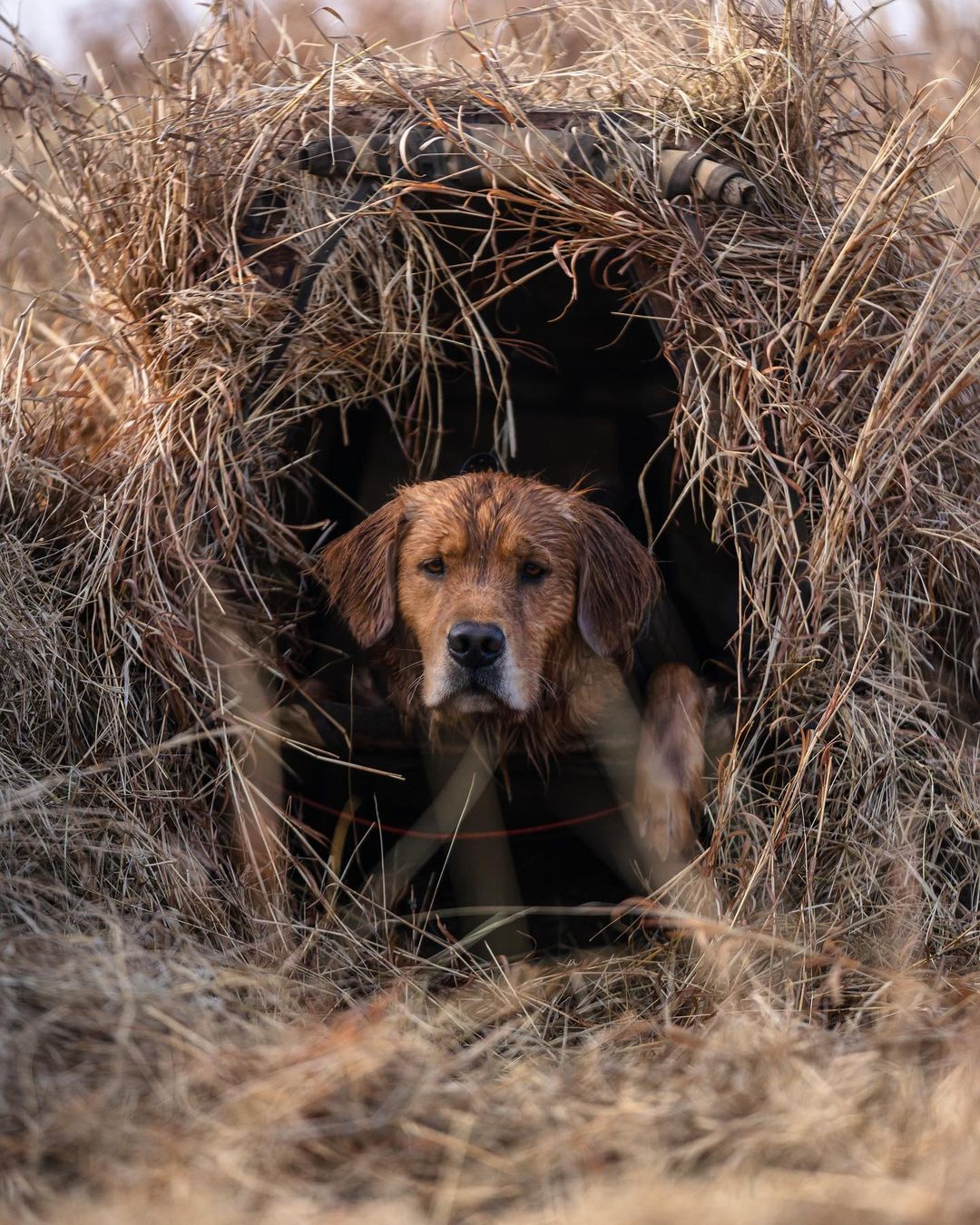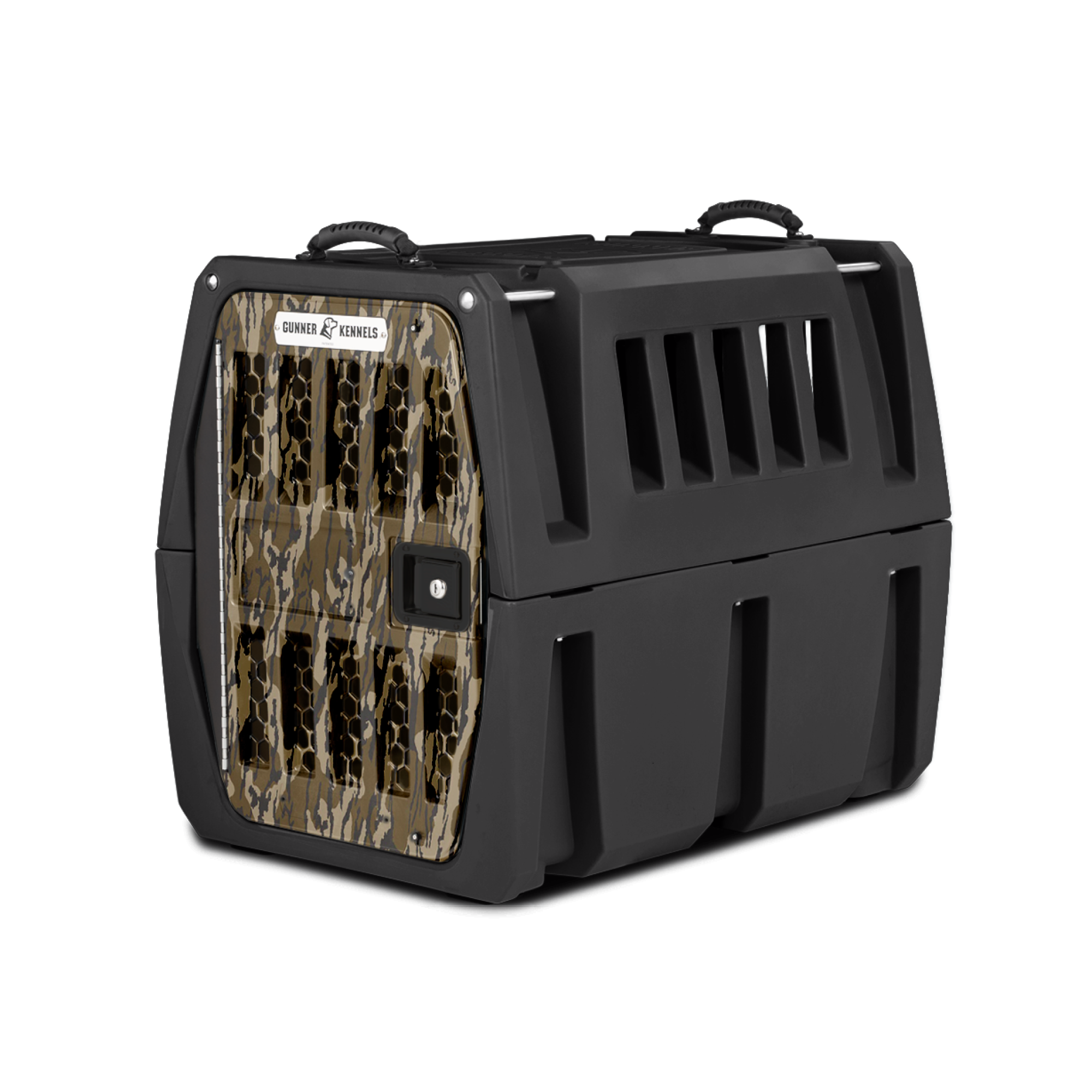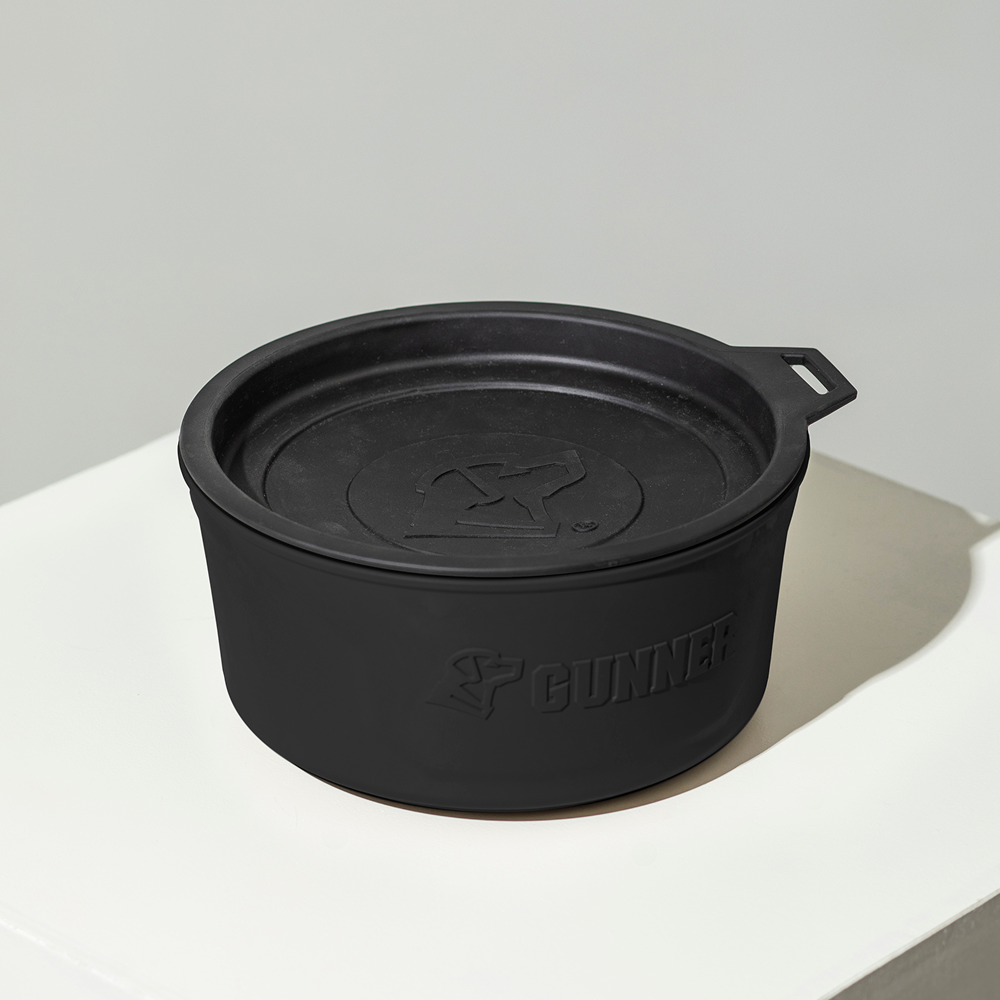We’d bet the majority of pedestrians would recognize a Lab walking by… but how much do they know about the breed’s origins? Amazingly, Labrador Retrievers were nearly extinct around the late 19th century – crazy to think about, considering that they have been the most popular breed in the U.S. since 1991, and the huge impact that Gunner has had on my own life.

If you follow us on Instagram, you know that Gunner – my British lab, and the namesake of the company – is now the proud father of nine full-bred English chocolate pups. To commemorate the occasion, we put together a short profile on the breed, as gathered from the AKC and UKC websites.
BREED PROFILE: THE LABRADOR RETRIEVER
Breed Group: Gundog
Lifespan: 10+ Years
Temperament: Intelligent, Enthusiastic, Strong Will To Please
Characteristics: Devoted Companion, Adaptable, Agile, Good Tempered, Instinctive
Colors: Black, Yellow, Chocolate
*The black coat is dominant; chocolate is least common & based on a recessive gene
Origin: Newfoundland, United Kingdom
Background: The lab’s prototype was the St. John’s Water Dog – a Newfoundland bred to be a family dog, as well as to help fisherman along the area’s icy coasts. According to the AKC, accurate pedigrees of today’s Labs go back as far as 1878, and the Lab was recognized as a distinct breed by the English Kennel Club in 1903.
American vs. English Lab: There’s much debate in the hunting community as to which breed is the better gundog. In addition to distinctions in height (British labs have shorter legs), coat (British labs have a denser, sleeker one) and shape (British labs have a blockier head, and wider build), the two Labs also have unique traits that set them apart. Often called the “Gentleman’s Gundog,” British labs are generally calmer and easier to train, while American version has higher energy and generally a higher drive. These discrepancies are often attributed to their training history and purpose. For a much more in-depth review of the differences with provided background, see Pheasant’s Forever article here.

Fun Fact: Because of its history, Labs often additions to search & rescue teams (remember Jake, who worked at the World Trade Center site for 17 days?), as well as combat and scent detection dogs. They also make excellent service dogs – one of the most recognized dogs in the word is a British Lab named “Endal,” voted Dog of Millennium for assisting (and saving) British Naval veteran Allen Parton through sign language.
“The Labrador is one of the best all-round dogs in the world. Not only used for retrieving game, he has also made his mark in the world of assistance dogs and as a ‘sniffer’ dog for drug and arms detection. A real gentleman, the Labrador adores children and has a kind and loving nature and a confident air.”
–The Kennel Club
NEXT UP: A DEEPER LOOK INTO THE DIFFERENCE IN AMERICAN & ENGLISH LABS

